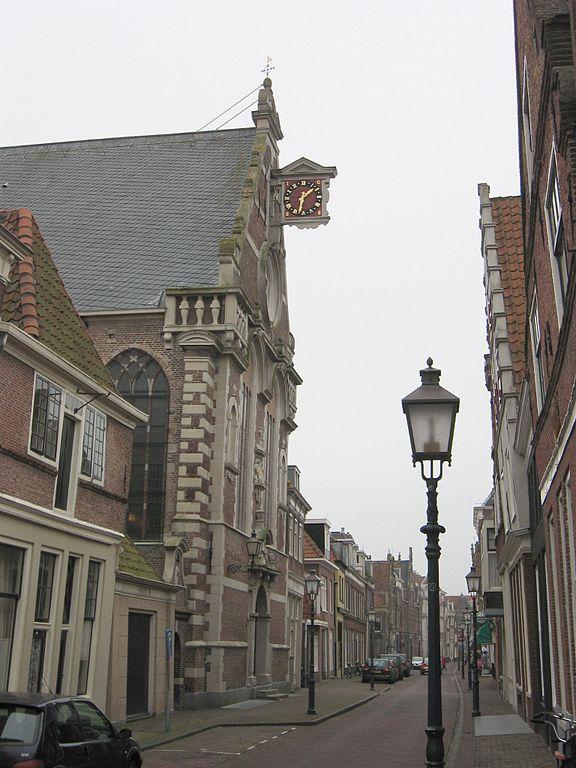Oosterkerk, Hoorn

St. Anthony's Church was built in 1671. Following the Reformation it became a Dutch Reformed Church. In the 1960s it was officially decommissioned.
About this building
The Oosterkerk Foundation was founded to manage the decommissioned church. Following this, it became a cultural centre, concert hall, as well as 'living room of Hoorn'. The church features a roccoco-decorated organ originally built in 1763 and restored and overhauled many times since. Today, the ex-church houses many activities: from chamber music to organ concerts, to weddings and receptions and memorial services.


